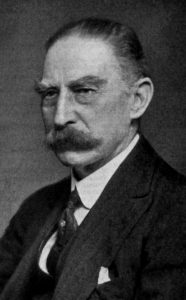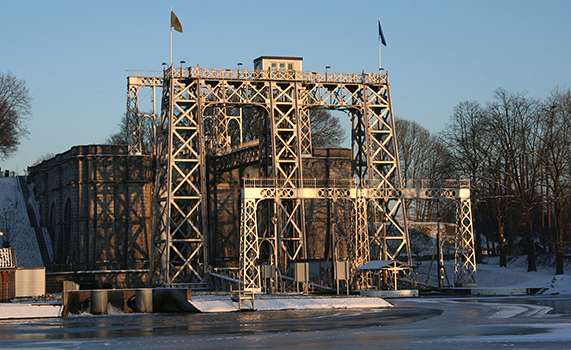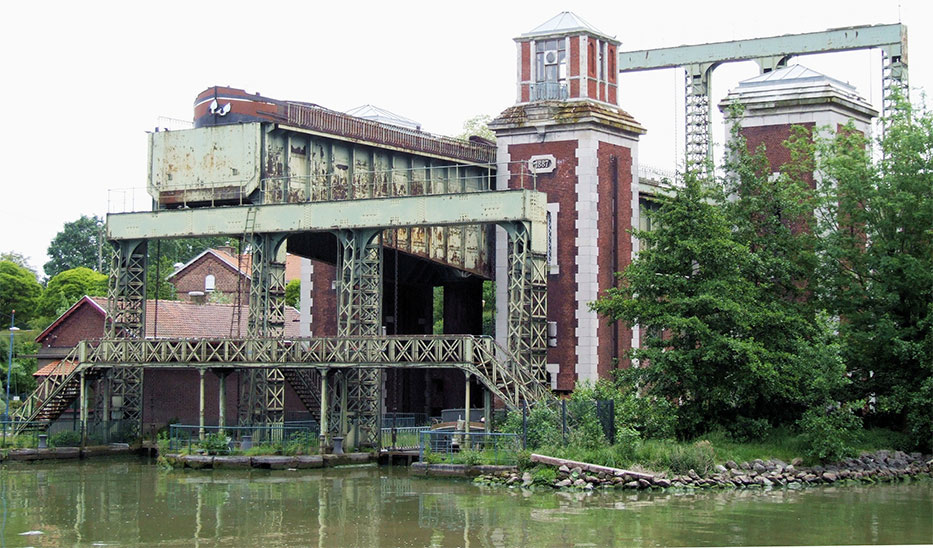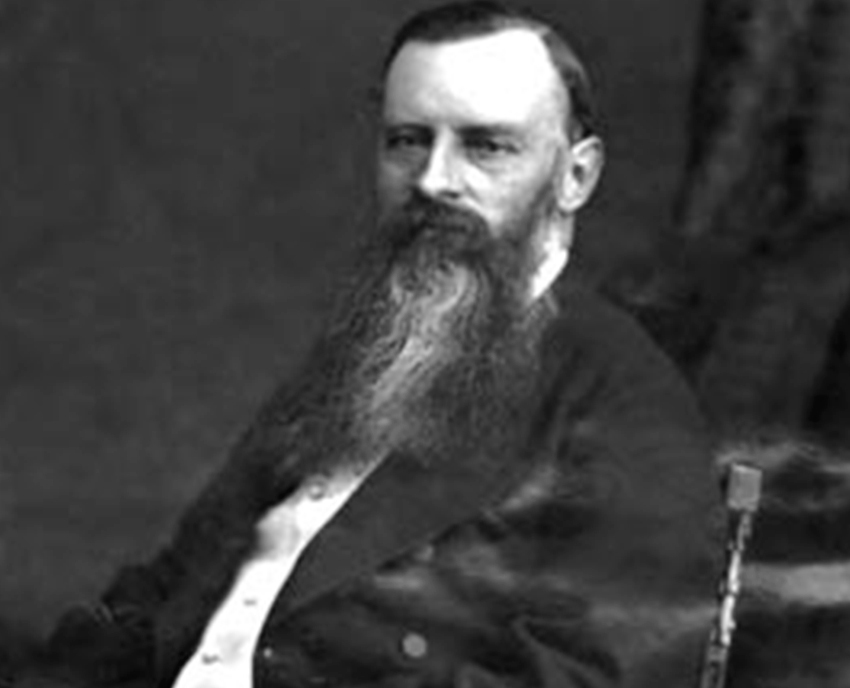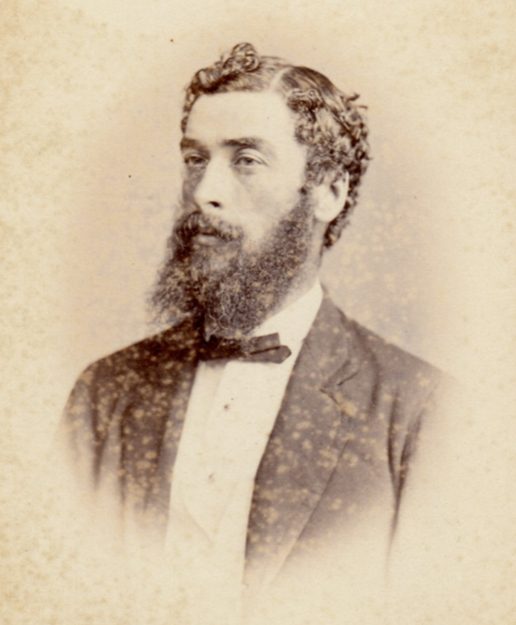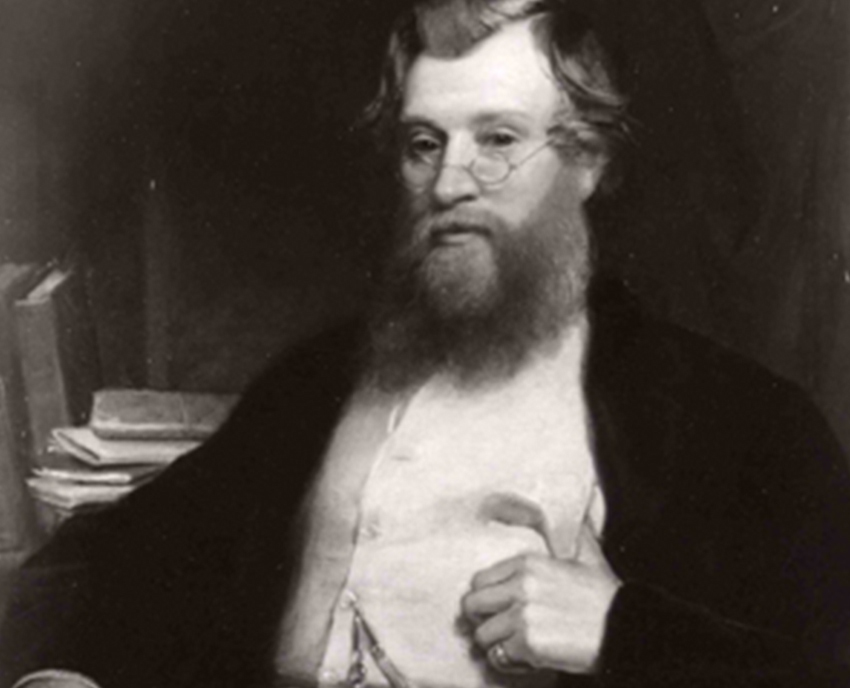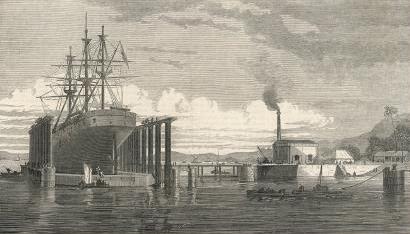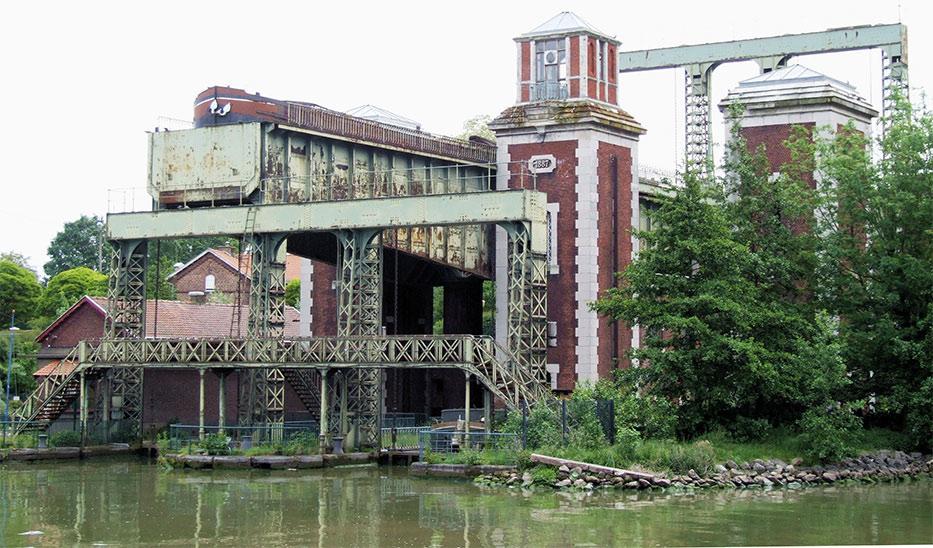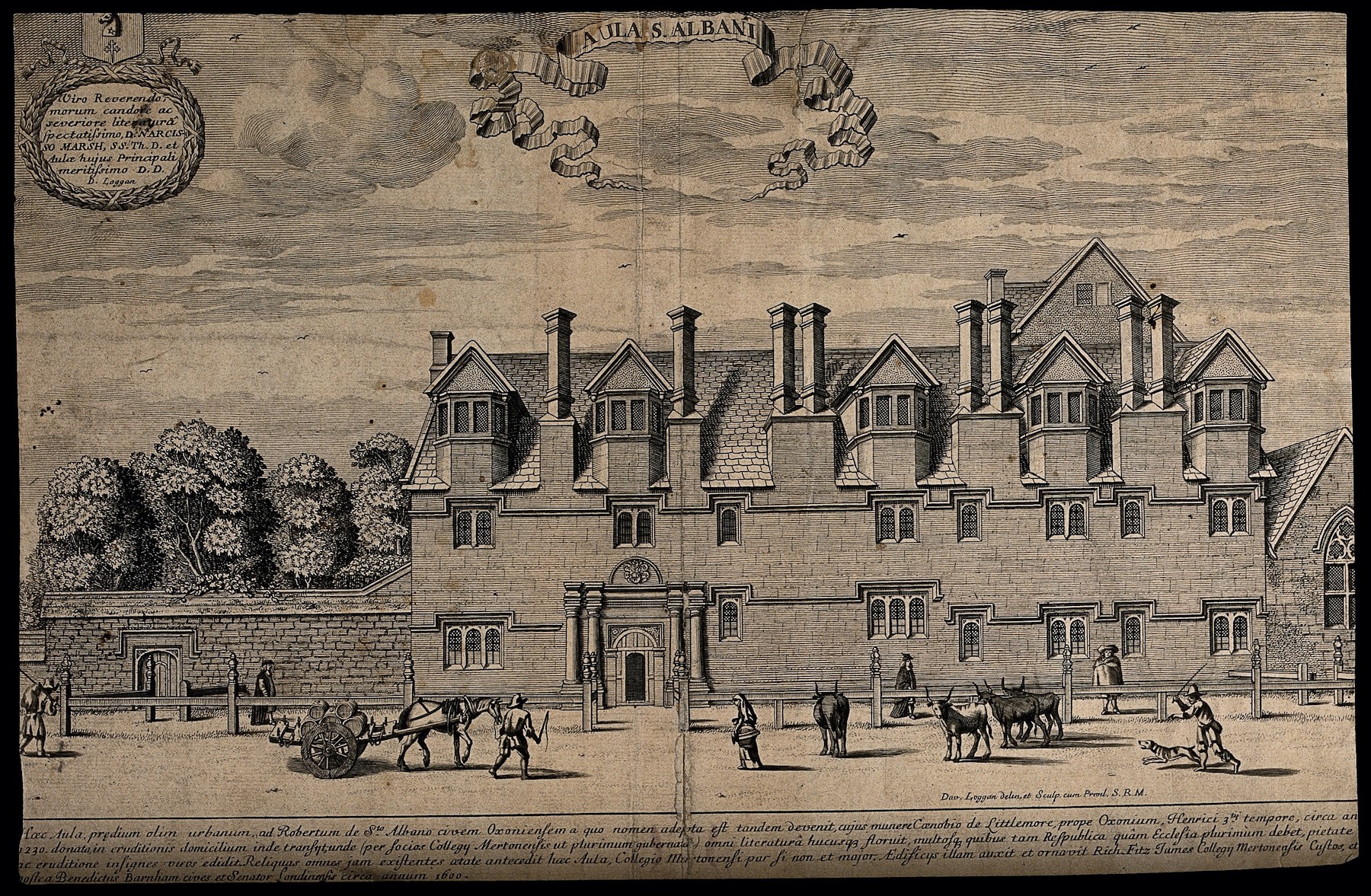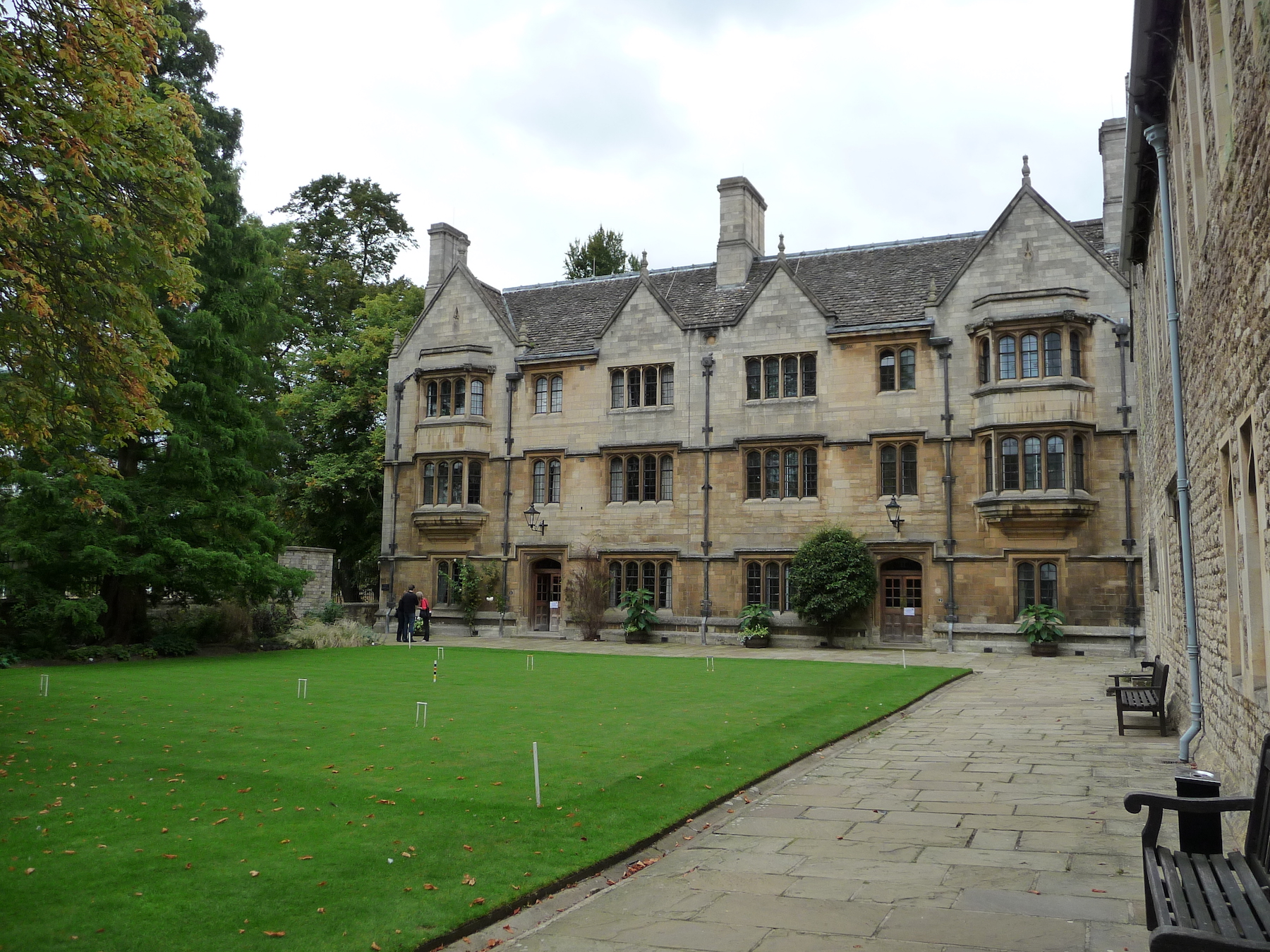Lyonel Edwin Clark
1856 - 1929
It is with great regret that we have to record the death of Mr Lyonel E. Clark, the senior partner of Messrs Clark and Standfield, of Westminster. Mr. Clark, who died at his home at Bourne End, Buckinghamshire, in the early morning of Wednesday, July 17th, was the eldest son of the late Mr. Latimer Clark F.R.S., and he was born at Haverstock Hill on February 3rd, 1856. After receiving the earlier part of his education at Dulwich College, he spent some time at Oberlahnstein, in Germany, and at Lausanne, in Switzerland, afterwards proceeding to Merton College, Oxford.
He joined his father’s firm, Messrs Clark & Standfield, of Westminster, on August 31st, 1876, as an assistant engineer, and in that year he proceeded to Nicolaieff in South Russia to take charge of the re-erection of the depositing dock which his firm has designed for the Russian Navy. Later on he was engaged on the construction of a large floating dry dock for the Furness Railway Company at Barrow in Furness. He was also the representative of his firm in France and Belgium during the construction of the hydraulic canal lifts at St. Omer and La Louviere.
In 1890, on the death of the late John Standfield, Mr. Lyonel Clark became chief assistant to his father, and when in 1898 his father died he became the senior partner in the firm, which position he continued to hold until his death.
During his career Mr Clark saw and took a leading part in bringing about a great increase in the size and power of floating dry docks. He was himself largely responsible for their early development from timber and metal erections of small importance to the large efficient steel structures, with mechanical and auxiliary equipments, which are now capable of handling the largest vessels afloat.
The Nicolaieff dock previously referred to and constructed in 1876 was specially designed to lift the circular ironclads known as “Popoffkas”, after the inventor, Admiral Popoff, and was an interesting example of an early design. Starting with this dock, Mr Clark’s firm has been responsible for the construction or design of no less than 102 floating docks, aggregating a total lifting power of about 820,000 tons. By 1900 the lifting power of individual floating docks had increased to 18,000 tons, and in that year two notable floating docks with which Mr. Clark was associated were one for the United States Government at Algiers and one for the British Government at Bermuda. Six years later the firm designed a 35,000 ton dock for Hamburg, which was followed in 1910 by two further docks, each of 32,000 tons lifting power, for the British Admiralty.
As is well known, Messrs. Clark and Standfield were more recently entrusted with the design of the 60,000 ton floating dock for Southampton, which is capable of lifting the largest vessels in the world. Although in recent years ill-health prevented Mr. Clark from taking that active part in the firm’s work which he had done in his earlier days, he nevertheless continued up to the time of this death to take a lively interest in all its concerns.
Mr. Clark was a member of the Institute of Civil Engineers and of the Institution of Naval Architects, and he contributed several papers to these institutions on the subject of floating docks, among which we may recall those on “Recent Improvements in Docks and Docking Appliances” and “Modern Floating Docks” read before the Institution of Naval Architects in 1896 and 1907, and that of 1905 on “Floating Docks” read before the Institution of Civil Engineers. Mr. Clark’s death will be widely regretted by dock engineers and shipbuilders, both in this country and in all parts of the world.
Extract from “The Engineer” 26th July, 1929, pp. 96-97.


